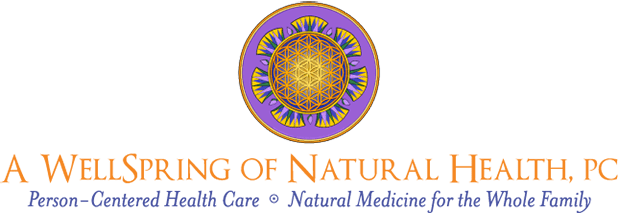By Randall Neustaedter, OMD
From Cure Guide
Everyone recognizes that increased hormone production in adolescents stimulates acne. The androgenic hormones, particularly testosterone, that increase at puberty, and the surge of premenstrual hormones, trigger increased production of sebum in the sweat glands. The pores become clogged with both sebum and dead skin cells, creating a prime breeding ground for bacteria. These bacteria and the breakdown products of sebum cause irritation and inflammation in the pores. The result is acne: blackheads, whiteheads, pustules, and cysts in the skin. Certain people are genetically predisposed to have more problems with acne than others.
Researchers have theorized that the hormones in cow’s milk could also stimulate the same mechanisms. Nearly all milk (75-90%) and milk products are derived from pregnant cows. After their first calf, cows will nurse them for a month. The calf is then put on artificial feed and the cow goes on the commercial milk production line. At her first heat (six-weeks postpartum) she is inseminated and continues producing milk during her 10-month pregnancy, at which point the cycle is repeated. This process results in milk that contains placenta-derived progesterone and dihydrotestosterone (DHT) precursors. Other hormones besides steroids in milk may also stimulate acne. The most frequently implicated substance is IGF-1 (insulin-like growth factor), which also increases during the teenage years. IGF-1 is present in organic milk, and increased in milk from cows treated with bovine growth hormone (rBGH).
A recent study did find an association between dairy intake among high school girls and acne (Adebamowo, 2005). This study was part of an ongoing prospective study of more than 116,000 female nurses. They completed a questionnaire regarding their intake of dairy products (and other foods) during their high school years and a history of severe teenage acne. The study found that milk, cream cheese, and cottage cheese were all associated with acne. Skim milk had a higher association with acne than whole milk, suggesting that the fat content of milk was not the contributing factor. Whole milk contains more estrogen, and estrogens tend to reduce acne.
Reducing or stopping milk intake may be an important part of an acne regimen. A popular acne treatment program does recommend a dairy-free diet (Perricone, 2003). It is essential that teenagers maintain adequate bone mineral health. This is a complicated subject, but it is clear that exercise is key to the maintenance of healthy bones during the teenage years.
Intake of calcium, magnesium, boron, and other minerals may also be important factors in maintaining bone health. And remember, do not drink soy milk because of the negative consequences on thyroid hormone production and mineral metabolism.
Adebamowo CA, et al. High school dietary dairy intake and teenage acne. Journal of the American Academy of Dermatology. Feb. 2005; 52(2): 207-214.
Perricone N, The Acne Prescription: The Perricone Program for Clear and Healthy Skin at Every Age. 2003, New York: Harper Collins.


